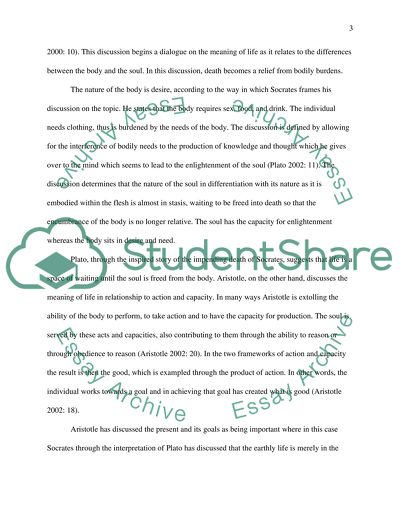Cite this document
(“Life & Death Essay Example | Topics and Well Written Essays - 1500 words”, n.d.)
Retrieved de https://studentshare.org/sociology/1458034-life-death
Retrieved de https://studentshare.org/sociology/1458034-life-death
(Life & Death Essay Example | Topics and Well Written Essays - 1500 Words)
https://studentshare.org/sociology/1458034-life-death.
https://studentshare.org/sociology/1458034-life-death.
“Life & Death Essay Example | Topics and Well Written Essays - 1500 Words”, n.d. https://studentshare.org/sociology/1458034-life-death.


